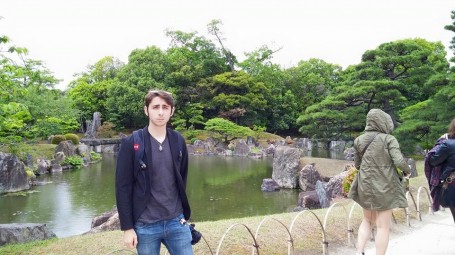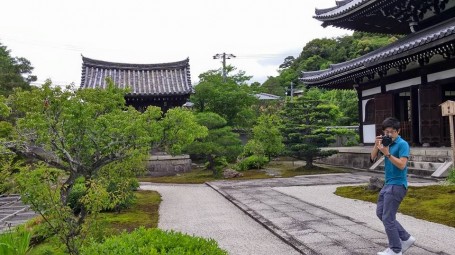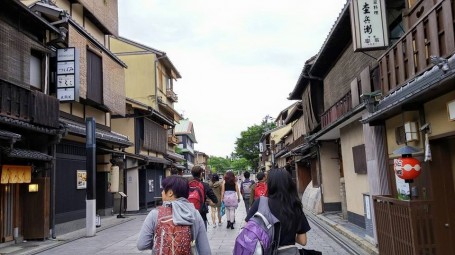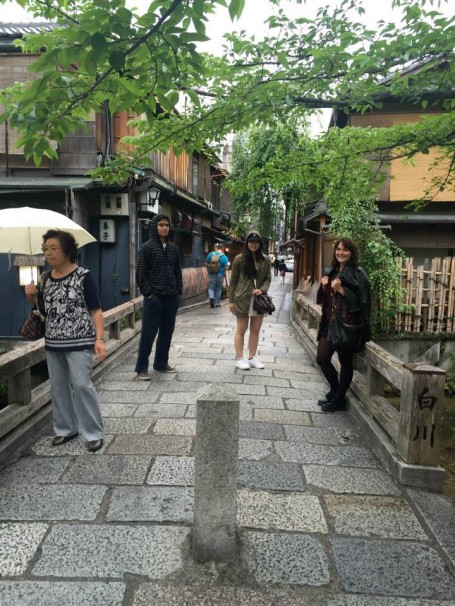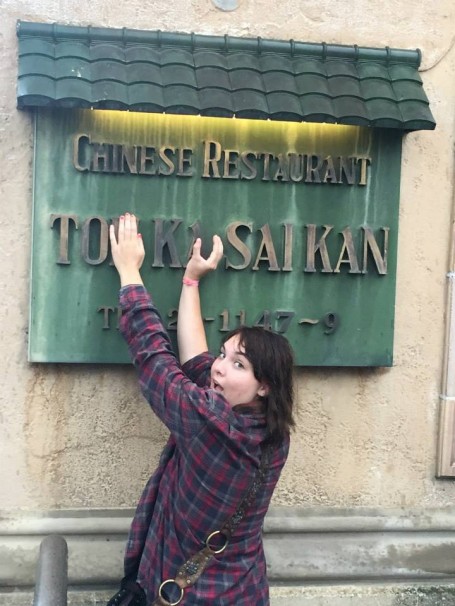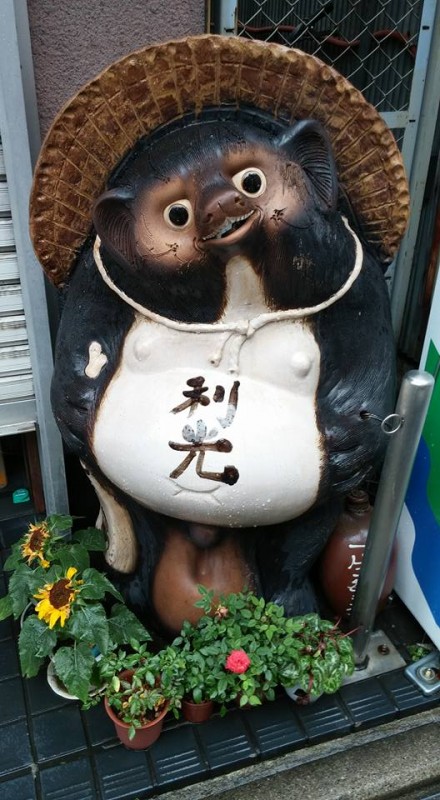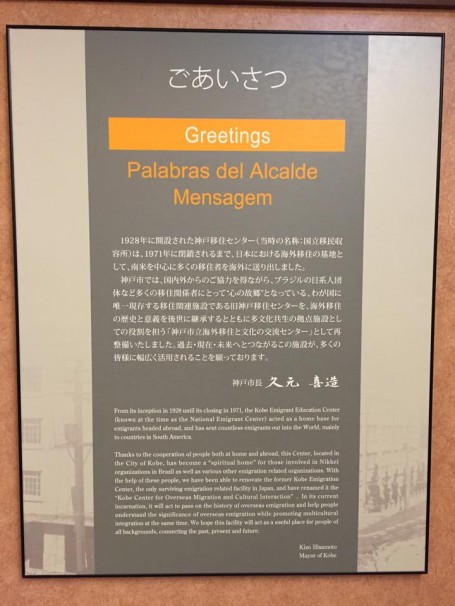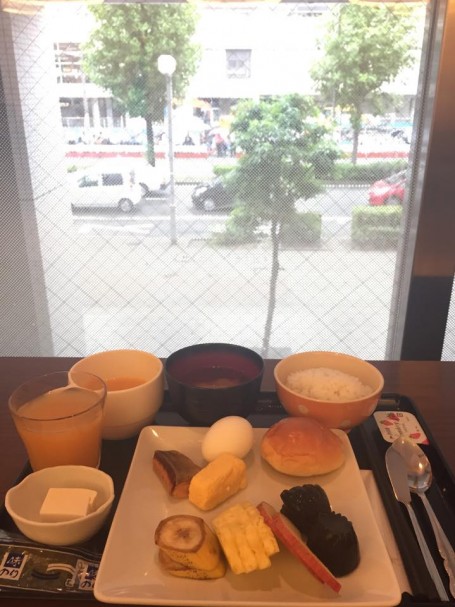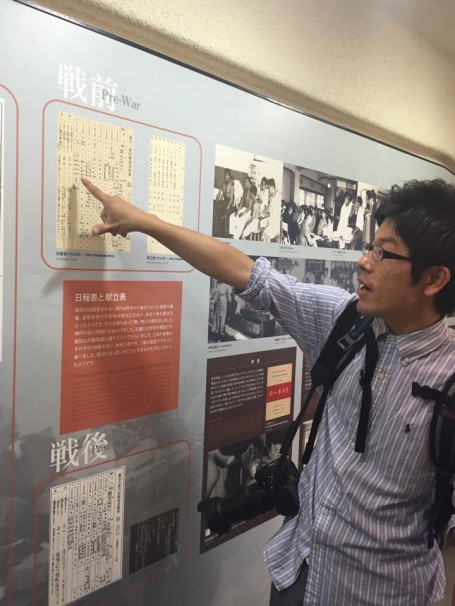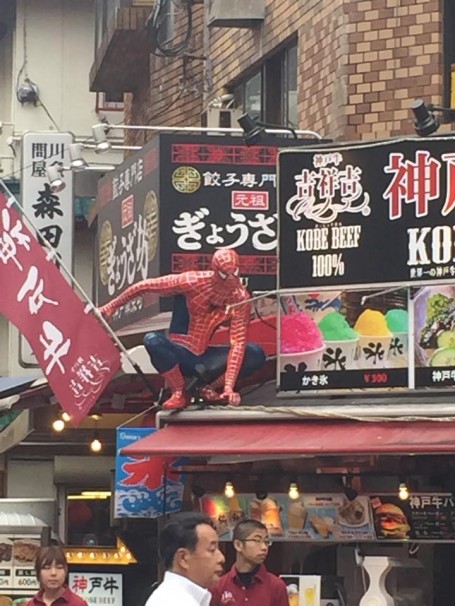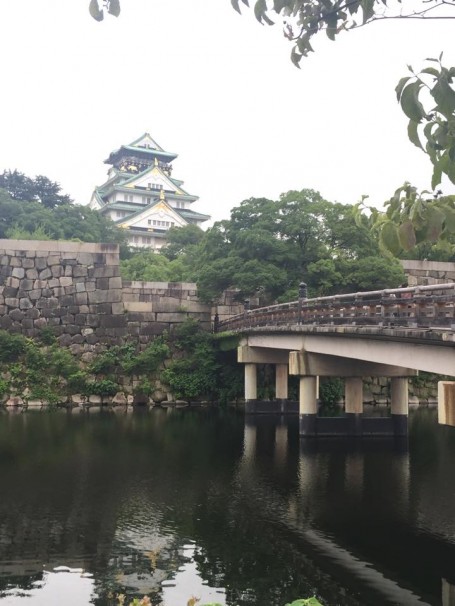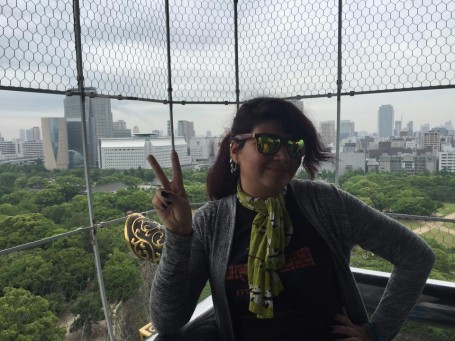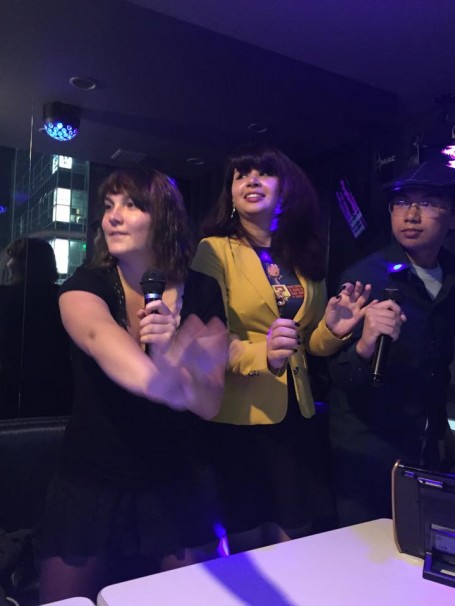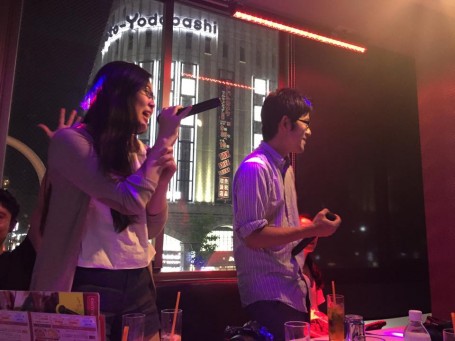By: Christina Brown
We were packed and ready for our excursion to Kyoto and hadn’t slept the night before (writing blog posts and journals, exploring the city in the wee hours of the morning, and just drinking a bit too much coffee). On June 8, we took the bullet train from Tokyo to Kyoto–all of us catching a few hours of shut eye on the way.
When we arrived in Kyoto, we met up with our tour guide and went straight to a shrine to practice Zen Meditation. Zen Meditation was a true challenge for me–particularly sitting still and not letting my thoughts wander, but in the end, the class did a good job meditating quietly for thirty minutes. Afterwards we went to an old shogun’s palace. The most interesting thing was the “nightingale floors.” The floors back then were built in such a way that they creak with every step, sounding like little birds chirping. This was done in order to serve as an alarm system against ninjas. Naturally, the whole class ninja-walked through the entire tour trying to prove that we could’ve been S+ tier ninjas.
Next, we had a few hours in Kyoto’s main commercial area Shi-Jō and San-Jō (4th and 3rd street) to explore shops and the large shrines and temples. Collectively we bought scarves, bags, jewelry, postcards, anime toys, and lots of matcha!
We met up at Touka-Saikan, an old, authentic Chinese restaurant that our very own TA, Toku, worked at during college.
Before the meal, his manager, a Chinese man who grew up in Japan and continued the family business of traditional Chinese food– and not changing his family name (like many Chinese and Koreans do to avoid discrimination) to ensure the whole package of authenticity of Chinese food. He spoke about the discrimination in Japan, the life of Chinese people living in Japan, and of course about food! The meal was SOOOOO good. Especially the egg rolls. I could eat ten right now as I write this. The food, while authentic Chinese food, had very subtle changes to fit the Japanese palate. It was interesting to see the differences, mainly in terms of how spicy it was. Studying the slight ways a particular cuisine changes to fit the palate of the native people is an interesting and unexpected way to gain insight into a certain culture (FYI: Japanese food in France is WEIRD). After dinner, most of us were pretty tired and knew we had to be up fairly early for our excursion to Kobe and Osaka. It was a great first day in Kyoto and I was thrilled to finally see our beloved TA’s city and to hear how adored he was by his old colleagues at Touka-Saikan–which of course came as no surprise! Yay Kyoto!


